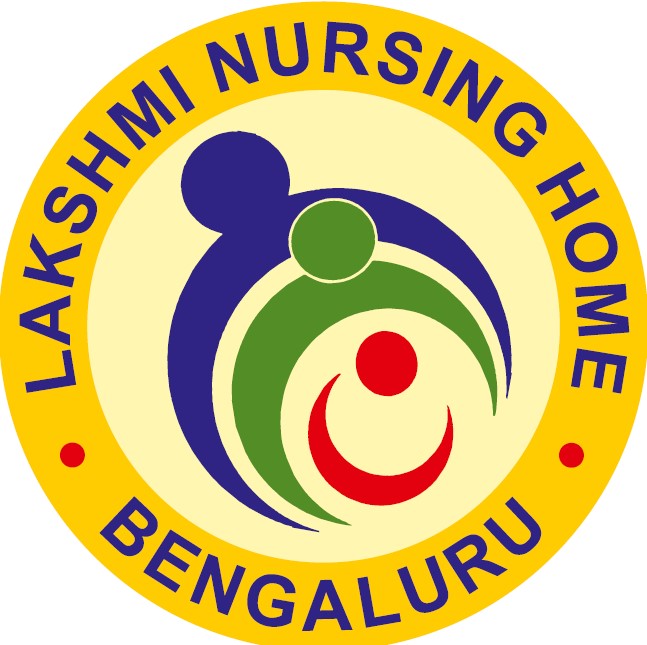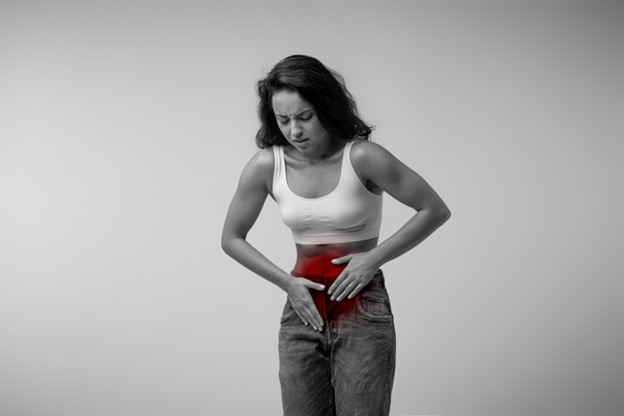Living with PID pain can be challenging. However, integrating natural strategies with your treatment can significantly relieve symptoms. Effective PID pain management strategies focus on reducing discomfort and promoting healing. This blog will guide you through easy lifestyle changes and comforting natural remedies, emphasizing a holistic approach to PID pain relief. Let’s dive into how you can manage this pain effectively and naturally.
Introduction: Understanding PID Pain
Pelvic Inflammatory Disease (PID) is a common infection affecting the female reproductive organs. This condition usually stems from sexually transmitted bacteria, leading to chronic infection if not treated promptly. PID pain symptoms include lower abdominal pain and, in some cases, pain during sex.
While medical treatments are crucial for managing PID, integrating natural approaches can enhance recovery and pain management. Chronic PID pain management involves both medical and self-care strategies, offering a balanced approach for better control over symptoms.
Whenever you try new natural remedies for PID pain, make sure to talk with a healthcare provider. They ensure you choose safe and effective options suited to your health needs. Getting professional advice helps you make informed decisions about PID pain management guidelines.
Why PID Causes Pain and Common Symptoms
PID pain often results from the inflammation caused by the infection affecting the pelvic organs. This inflammation can lead to pain in the pelvis and back, known as PID back pain management issues. Pain may intensify during menstruation, requiring careful PID pain management during menstruation.
Common PID pain symptoms include:
- Back pain and lower abdominal discomfort.
- Painful urination and irregular menstrual cycles.
- Fever or unusual vaginal discharge.
Lifestyle Changes for Natural PID Pain Management
Implementing lifestyle changes can significantly help with PID pain relief techniques. Diet plays a crucial role; consuming anti-inflammatory foods like leafy greens, nuts, and fatty fish can reduce inflammation, aiding in natural remedies for PID pain management.
Staying hydrated is equally important, as water helps flush out toxins that can aggravate PID symptoms. Adequate hydration supports overall health and enhances the body’s healing process.
Furthermore, particular vitamins and minerals are essential for effective PID pain management strategies:
- Vitamin C: Boosts the immune system, promoting faster recovery.
- Zinc: Known for its anti-inflammatory properties, zinc helps combat infection effectively.
- Omega-3 Fatty Acids: Found in fish oil, these reduce inflammation and pain.
PID pain management guidelines emphasize incorporating these nutrients into your daily routine for holistic healing.
Natural Remedies and Home Treatment Techniques
Exploring natural remedies for PID pain can provide significant relief. Several herbal remedies have been found to help manage PID pain naturally and effectively.
- Garlic: Known for its antibacterial properties, regularly consuming garlic can help fight infection.
- Baking soda baths: These can soothe irritated areas and ease discomfort.
- Psyllium: Aids in digestive health, promoting regular bowel movements and reducing abdominal strain.
Additionally, pelvic massages using essential oils like lavender may offer comforting relief. These massages enhance circulation, helping alleviate PID pain and tension in the pelvic region.
Mind-Body Practices to Alleviate PID Symptoms
Mind-body practices are integral to PID pain management. Yoga offers gentle physical activity that can distinctly reduce pid pain symptoms.
Effective yoga poses include:
- Child’s Pose: Relieves tension in the lower back and hips.
- Cat-Cow Stretch: Increases flexibility and eases pelvic discomfort.
- Supine Butterfly Pose: Opens the hips, providing comfort.
Pelvic floor exercises further help by strengthening the muscles, which can minimize PID pain. Breathing techniques and relaxation practices are invaluable for reducing stress and enhancing both mental and physical relief.
Complementary Medicine Approaches for PID Management
Understanding complementary medicine approaches adds layers to PID pain management. Acupuncture has shown benefits in relieving chronic PID pain by enhancing energy flow and reducing inflammation.
Chinese herbal medicine and moxibustion offer natural alternatives that may complement traditional treatments. Chiropractic care and physical therapy also assist by improving posture and relieving pressure on sensitive areas.
Self-Care Tips for Enhanced Comfort and Relief
Focusing on self-care is essential for PID pain management. Prioritizing rest and sleep helps the body recover and manage stress more effectively. Wearing comfortable clothing that doesn’t restrict movement can prevent unnecessary irritation and discomfort.
Stress management techniques contribute significantly to relieving PID pain symptoms. Engaging in activities you enjoy, such as hobbies or spending time with loved ones, promotes a positive mindset.
When to Seek Medical Intervention
Recognizing when to seek medical help is crucial in PID pain and treatment. Immediate medical intervention is necessary if you experience severe symptoms like high fever, extreme pelvic pain, or fainting.
Even if you’re following natural remedies for PID pain, ongoing medical supervision ensures you address any complications early and maintain health.
Conclusion: Embracing a Holistic Approach
In sum, a combination of natural and medical approaches provides the best PID pain management. Adopting lifestyle changes and pid pain relief techniques can significantly improve your quality of life. Embrace a holistic method for comprehensive care and enhanced well-being.
Compassionate Care Awaits You at Lakshmi Nursing Home — Book Your Appointment Today!

